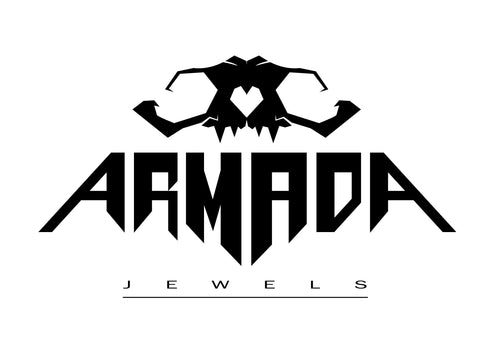Dragon ring
Japanese dragons (日本 の 竜 Nihon no ryū?) Are several legendary creatures of Japanese mythology and folklore. Myths relating to dragons in Japan amalgamate local legends with stories imported from China, Korea and India; in fact, for example, the style of this dragon is strongly influenced by the Chinese one. Like other dragons from various Asian cultures, most Japanese dragons are water gods associated with rainfall and streams. They are typically represented as large serpentine creatures without wings but with long claws. In the modern Japanese language there are many terms to designate the word "dragon", among which the most used are the native tatsu, from the ancient form ta-tu; the Chinese loan ryū or ryō (竜) from Chinese (龍) lóng; nāga (ナ ー ガ) from the Sanskrit nāga, or doragon (ド ラ ゴ ン) from the English dragon (the latter word is used mostly in reference to the European dragon and the creatures derived from it). Sometimes the dragon is represented with a pearl or precious stone, which is the manifestation of his soul.
Use this accordion to add info such as Materials, Sizing, Features, Shipping and Returns policies
Use this accordion to add info such as Materials, Sizing, Features, Shipping and Returns policies
Our Story, Our Promise
Use this text to describe a product, promotion, or your company.
Frequently Asked Questions
-
Use this text block to discuss some commonly asked questions like shipping and returns, sizing, warranties, or product and company details.
-
Use this text block to discuss some commonly asked questions like shipping and returns, sizing, warranties, or product and company details.
-
Use this text block to discuss some commonly asked questions like shipping and returns, sizing, warranties, or product and company details.
-
Use this text block to discuss some commonly asked questions like shipping and returns, sizing, warranties, or product and company details.





















